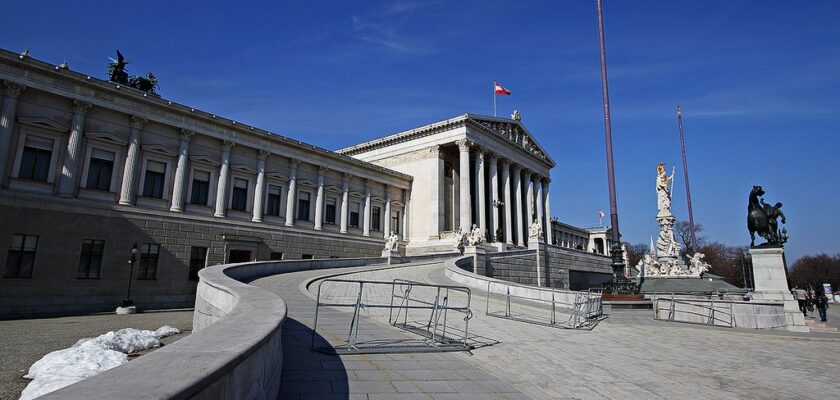Austrian Parliament (Hohes Haus)
Austrian Parliament is a building in Vienna where the national and federal councils of the Austrian Parliament have met from 1918 until today. Until that time, the building housed the Chamber of Deputies of the bicentennial monarchy of Austria-Hungary.
.
The parliament building is located on Ringstrasse, in Vienna’s Inner City district near the Hofburg Palace complex.
.The Austrian Parliament is open to tourists. There is a fee to enter the building, but it costs only 7 euros, a price that every traveler can afford.
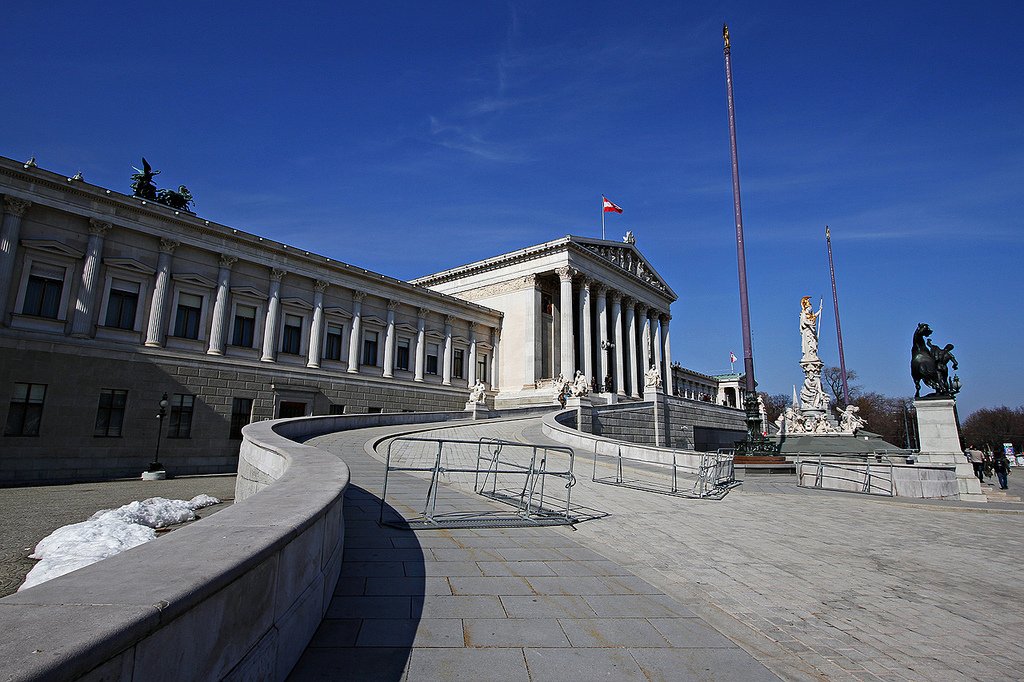
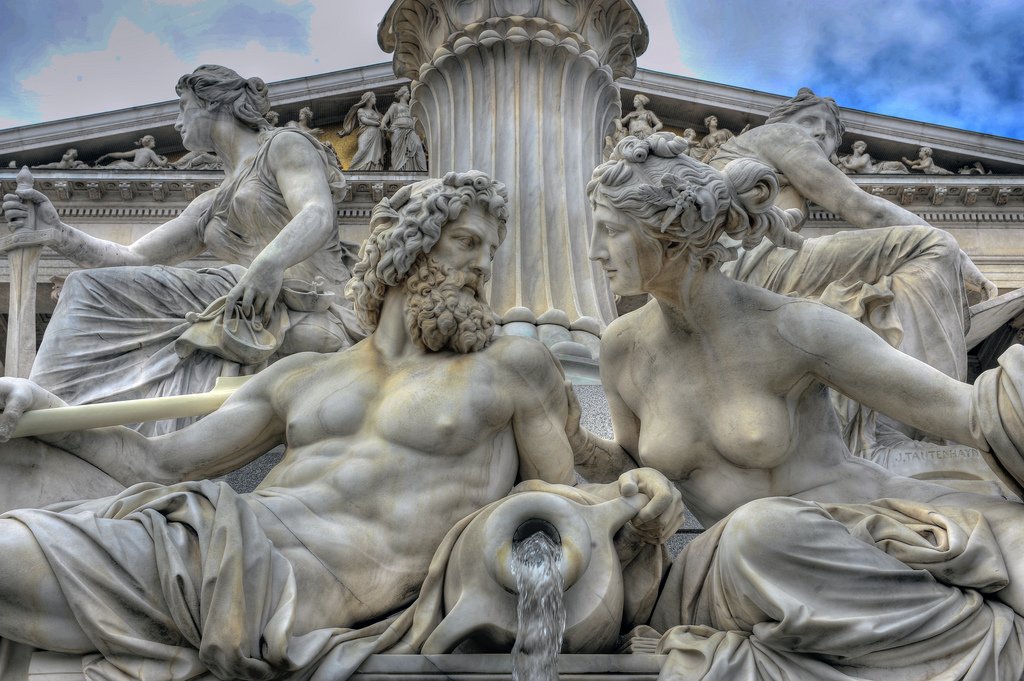
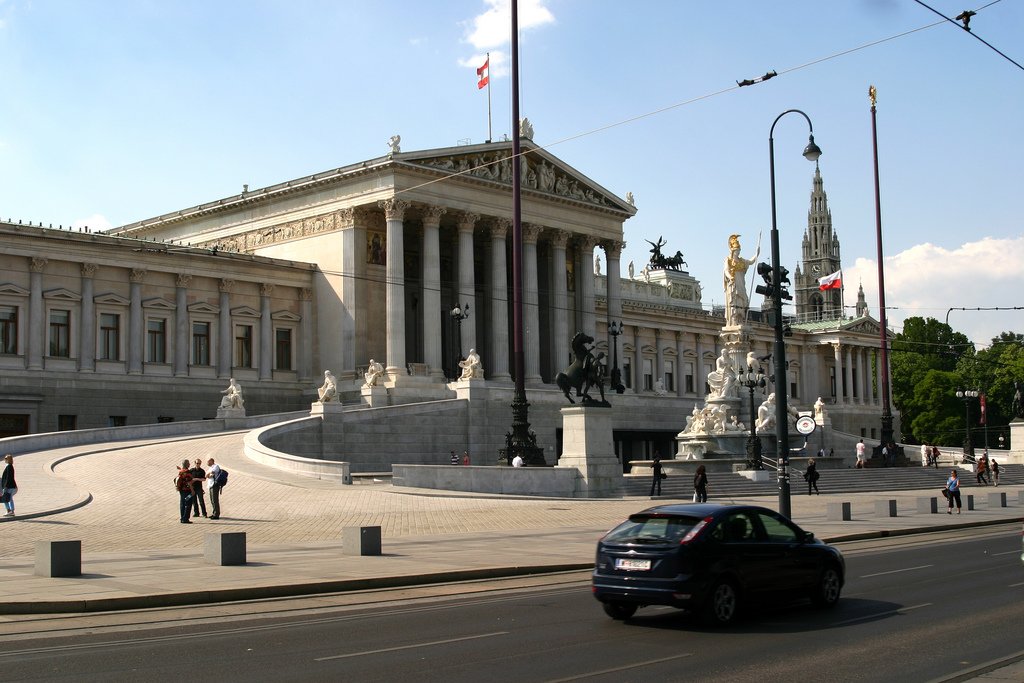
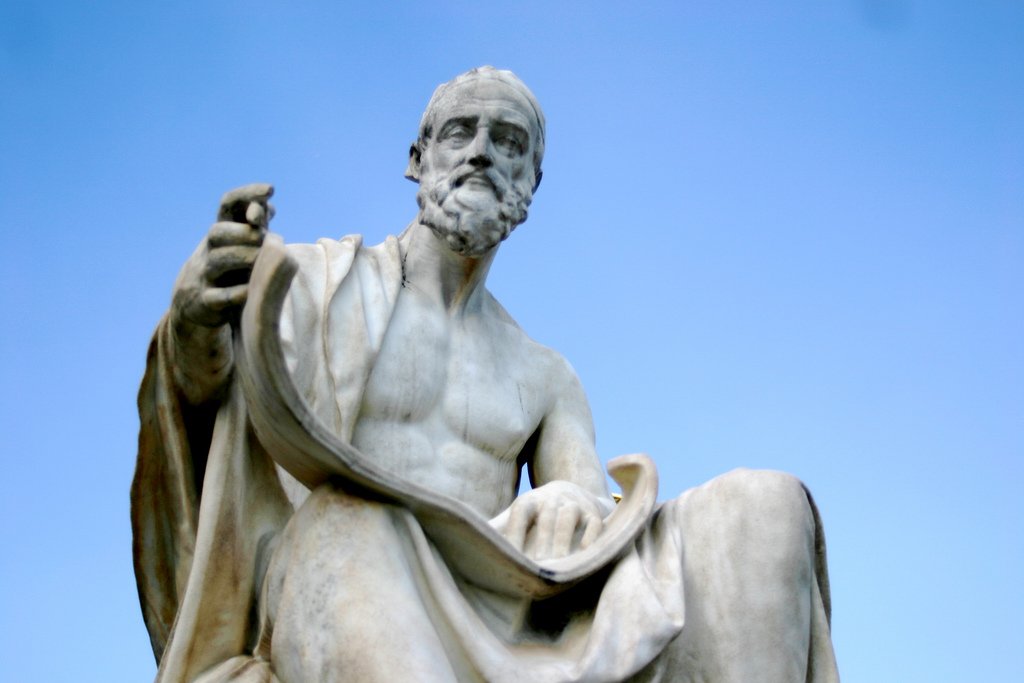
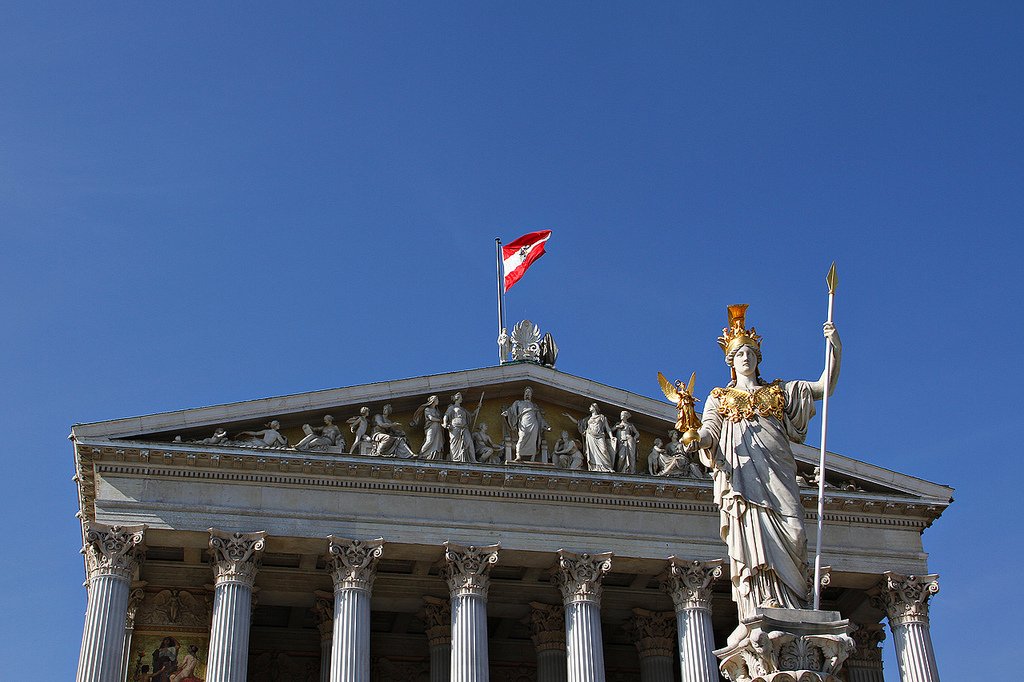
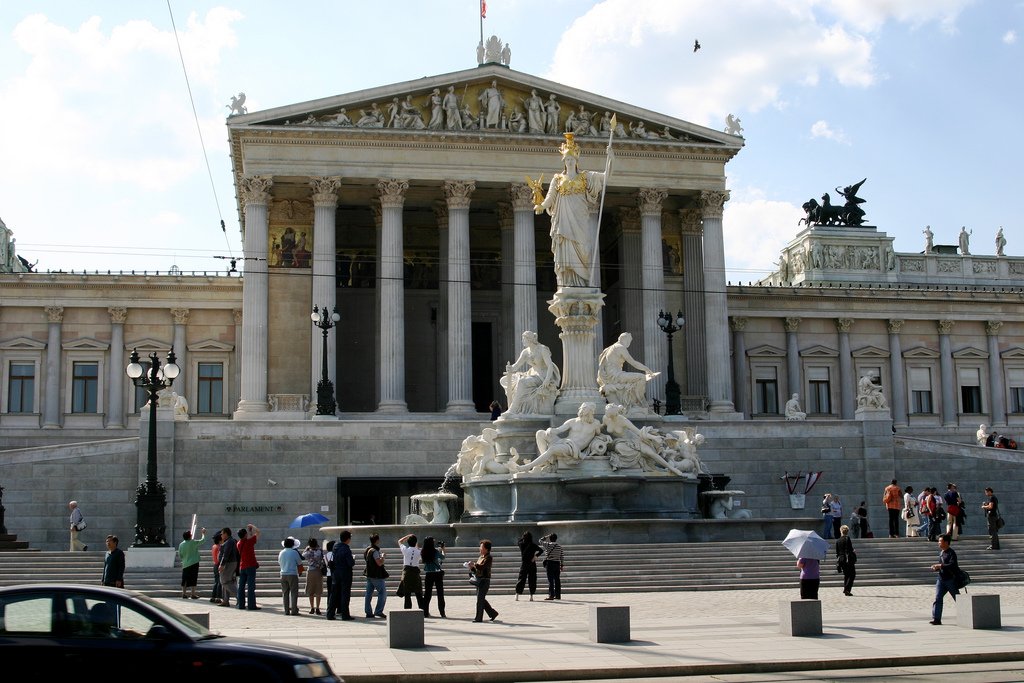
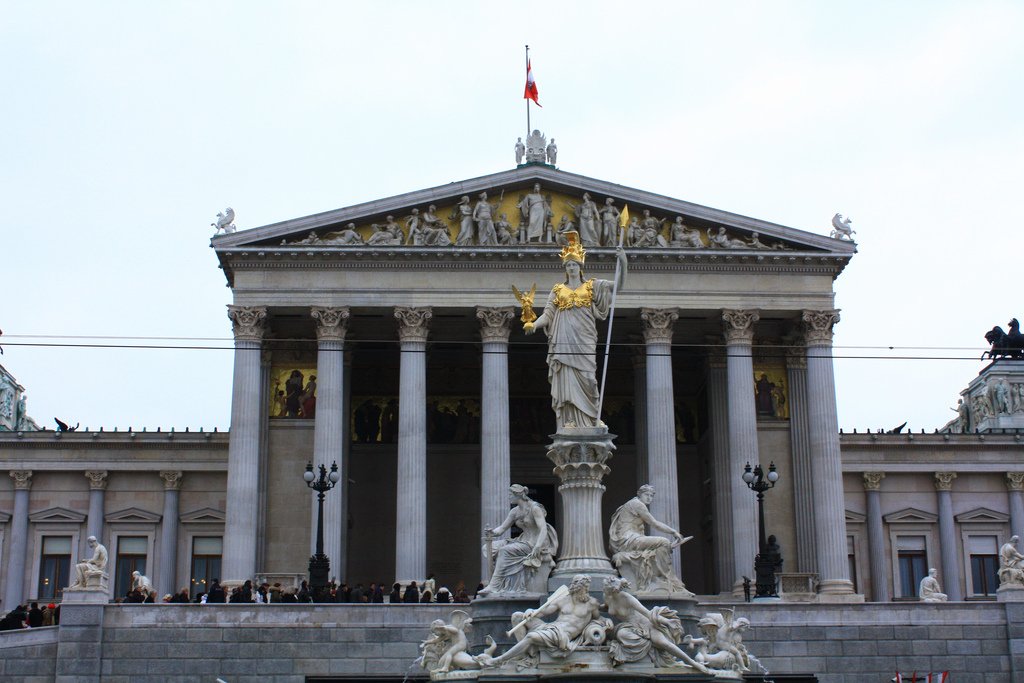
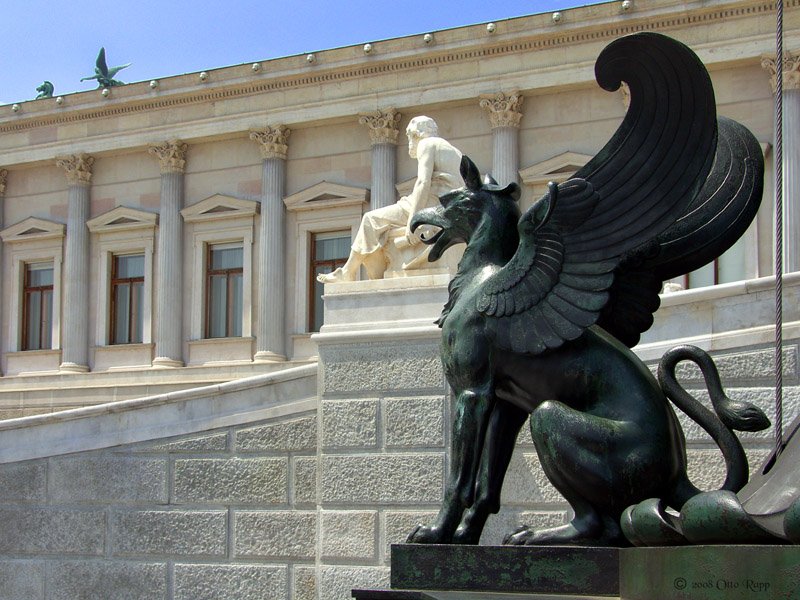
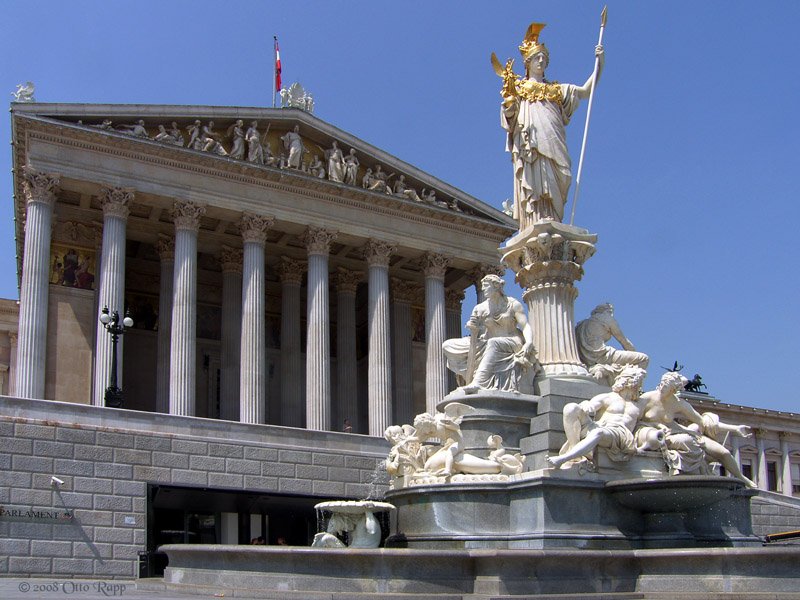
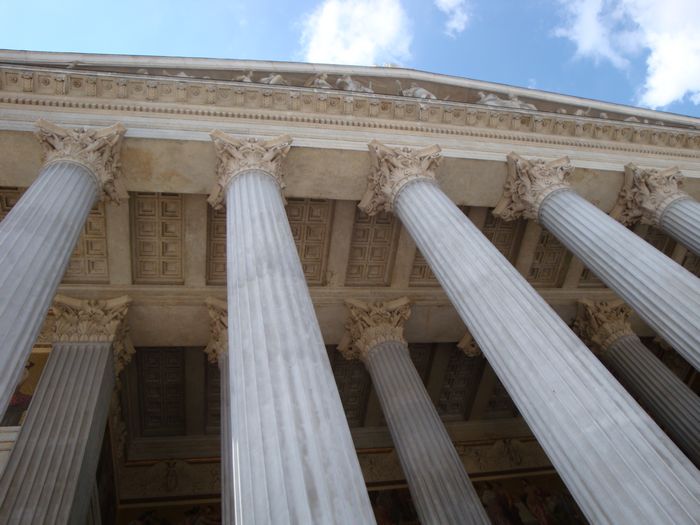
History
The building was built between 1874 and 1883 in the Neo-Grec style, designed by architect Theophilus von Hansen. Despite heavy destruction during World War II, much of the original interior was restored during the 1955-1956 restoration.
The parliament building covers an area of more than 13,500 m². It contains more than 100 rooms, the most important of which are the chambers of the National Council, the Federal Council, and the former imperial House of Representatives. The building also houses numerous meeting rooms, libraries, lobbies, lounges, bars, and sports rooms. Various important state ceremonies take place in this building, especially the swearing-in ceremony of the Austrian President and the annual official speech on the National Day of October 26.
.Architecture
The entrance to the building is slightly elevated above the street level. A gentle ramp leads to the main portico of the building, which is in the style of Greek temples. The ramp and pediment of the building are decorated with marble statues of Greek and Roman historians, scholars and statesmen. At the top of the building there are reliefs that depict scenes of Emperor Franz Joseph presenting the Constitution to the 17 nations of the world.
.
In front of the main entrance is a huge statue of the ancient Greek goddess Athena Pallada, which is one of the main attractions of the building. The sculptural composition of Athena Pallada with fountain was created between 1893 and 1902 by sculptors Carl Kundmann, Josef Totenhayn and Hugo Herdlt. The four figures lying at Athena’s feet are allegorical representations of the four most important rivers of the Austro-Hungarian Empire: the Danube and Inn in front, the Elbe and Vltava behind. On the sides are cupids on dolphins. The female statues above represent the legislative and executive branches of government. Above all is Athena, the goddess of wisdom, dressed in armor with a gilded helmet, her left hand holding a spear, her right hand holding Nike.
.Atrium
The interior of the building is beautifully decorated and accessible to tourists. The lobby of the building features busts of the most important figures of the Austrian National Assembly. One has to be well versed in mythology to understand the interiors of the Austrian parliament. On both sides of the entrance to the inner courtyard – atrium there are statues of ancient gods. On the left are Apollo, Athena, Zeus, Hera and Hephaestus, on the right are Hermes, Demeter, Poseidon, Artemis and Ares. Above the arch leading to the inner rooms is the symbol of the Virgin of Austria seated on the throne. Kneeling male servants swear allegiance to her, while female servants present generous gifts.
.Marble Hall
From the atrium, visitors enter the Marble Hall, surrounded on four sides by columns – the so-called peristyle. It is 40 meters long and 23 meters wide. It is impossible not to admire the architectural harmony of this structure, modeled on the temples of the Athenian acropolis. The Marble Hall is often compared to the Parthenon. Only in the Austrian parliament the columns are inside the hall, whereas in Athens they are placed outside the temple.
.
The architect thought that it was in this hall, in the presence of the deputies of both houses, that the emperor sitting on the throne would announce, as it happens in England, the opening of parliamentary sessions. But in reality, the throne of the Austrian monarch was never installed in the Marble Hall, which, incidentally, was severely damaged during World War II as a result of the bombing of Vienna by Allied aircraft. Two of the 24 Corinthian columns in the hall were completely destroyed and the rest were badly damaged. The ceiling was also in very poor condition. Overall, about half of the parliament building was destroyed.
In the Marble Hall there is a stand with short texts and drawings like those usually found in children’s books or magazines. The inscriptions tell us that it would take the security service 13 kilometers and four to five hours to visit all 1,500 rooms of the parliament. There are six thousand chairs in Parliament. The total area of red carpets is one thousand square meters. The lobbies and halls are decorated with about one hundred statues. In addition, there are 910 windows, 152 toilets and 240 lighting fixtures.
.
The Hall of the Federal Assembly
The Federal Assembly Hall next to the Marble Hall, where the joint meetings of the National and Federal Councils of the Republic of Austria take place, is no less magnificent than the antique structure.
.
In the center bay window of the lower tier of the hall are reserved seats for the President of the Republic and his entourage, on the right side for representatives of the diplomatic corps, and on the left side for members of the government. There are also seats for Austrian and foreign journalists. The upper galleries are used to accommodate parliamentary visitors.
The Federal Assembly Hall is somewhat reminiscent of an ancient theater. The feeling of being in an ancient city persists when one enters the Federal Council Chamber. It is decorated with the coats of arms of all Austrian states. Their presence emphasizes that the Federal Council is the legislative body that represents all nine Austrian states. Vienna and Lower Austria, which are considered the most populated states, send the most deputies – 12 each. Burgenland and Vorarlberg have the least representation – three deputies each.The meeting room of the National Council
But an introduction to the ancient temple that the Austrian parliament appears to visitors would be incomplete without a visit to the National Council Chamber, the lower house of parliament, which was completely destroyed during the war but was quickly rebuilt. The meeting hall for 183 deputies looks quite modern, and its decoration completely lacks elements of imperial architecture. The interior decoration has been done with materials that maintain excellent acoustics. Its only decoration is a steel eagle, the coat of arms of Austria, which hangs above the seats of the presidents of the chamber.
.
On April twenty-ninth, 1945, Austria’s first Federal Chancellor Karl Renner, looking at the destroyed parliament, said: “We look at these ruins with excitement and vow to revive them, to transform them into a majestic temple of freedom.” Very quickly Renner’s words became reality. The parliament was reborn, once again becoming one of the main attractions of the inimitable Austrian capital..